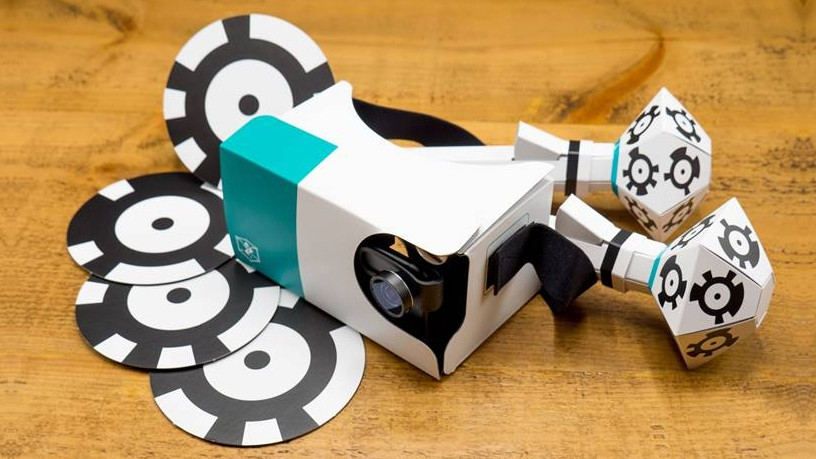
The guys behind Zappar, the popular augmented reality (AR) app, are looking to bring mixed reality to the mass market with their latest offering - the Zapbox.
Zapbox is described as an affordable mixed reality (MR) kit that presents developers and businesses with the chance to rethink how they design, build and create 3D experiences; bringing augemented and virtual reality to brands and consumers.
Speaking at the Zapbox launch event at the Two Oceans Aquarium at the V&A Waterfront in Cape Town last night, Caspar Thykier, Zappar co-founder and CEO, explained that Zapbox takes us from AR to MR.
"A lot of people don't see much difference between the two. But the difference is that AR tends to be contextually relevant to the thing that you're pointing your phone at," he said. Consider how people ran around to different locations in search of rare Pokémon Go characters just over a year ago.
Mixed reality, on the other hand, combines augmented reality and virtual reality via a headset and an accompanying app. With mixed reality, virtual environments and objects are anchored to things in the real world, providing new ways for users to interact with virtual content.
For developers, this presents opportunities to create interesting brand activations, to bring learning to life and make technical training easier, added Thykier.
The location for the launch event - the I&J Ocean Exhibit at the Two Oceans Aquarium - wasn't chosen by accident. The Zappar team created a mixed reality educational experience for the aquarium inspired by its sea turtle called Yoshi. This experience provides video clips and useful information about the popular sea creature.
Affordable alternative
While the possibilities around MR may be rather exciting, the price tag attached to accessing this technology is less so. Acknowledging the ubiquity of smartphones, and the impressive performance of existing smartphone hardware, the Zappar team decided to design the entire Zapbox experience using existing smartphones, with no expensive additional hardware required.
He likened the smartphone to an evolutionary appendage, a digital Swiss Army Knife and a remote control that guides us through our day. "Not only have smartphones changed and transformed our lives but they've also changed the way businesses work, how brands communicate, the way we play, shop and share on a daily basis."
In fact, he explained that 96% of US citizens surveyed said their mobile phone was one thing they simply could not live without. They ranked these devices above toothpaste and deodorant, he added.
While this may be a tad depressing, Thykier believes it allows savvy developers and brands to brainstorm creative ways to apply AR to this new lens, allowing them to create contextually relevant experiences that can be presented on this mini computer that we carry around with us every day.
"I think what's most exciting is that it stops people looking down at their phones and actually gets them to look up," he said.
Addressing some of the trends in the AR industry, he highlighted that the hardware and software in this space have really evolved in the last year.
What the development in AR means is that we will soon be able to make every single piece of printed material into an always-on digital media channel, which changes how we engage and learn about the things around us, noted Thykier.
It's one thing to have really robust technology but the real trick is to use this technology to create really interesting, useful and engaging content.
Share